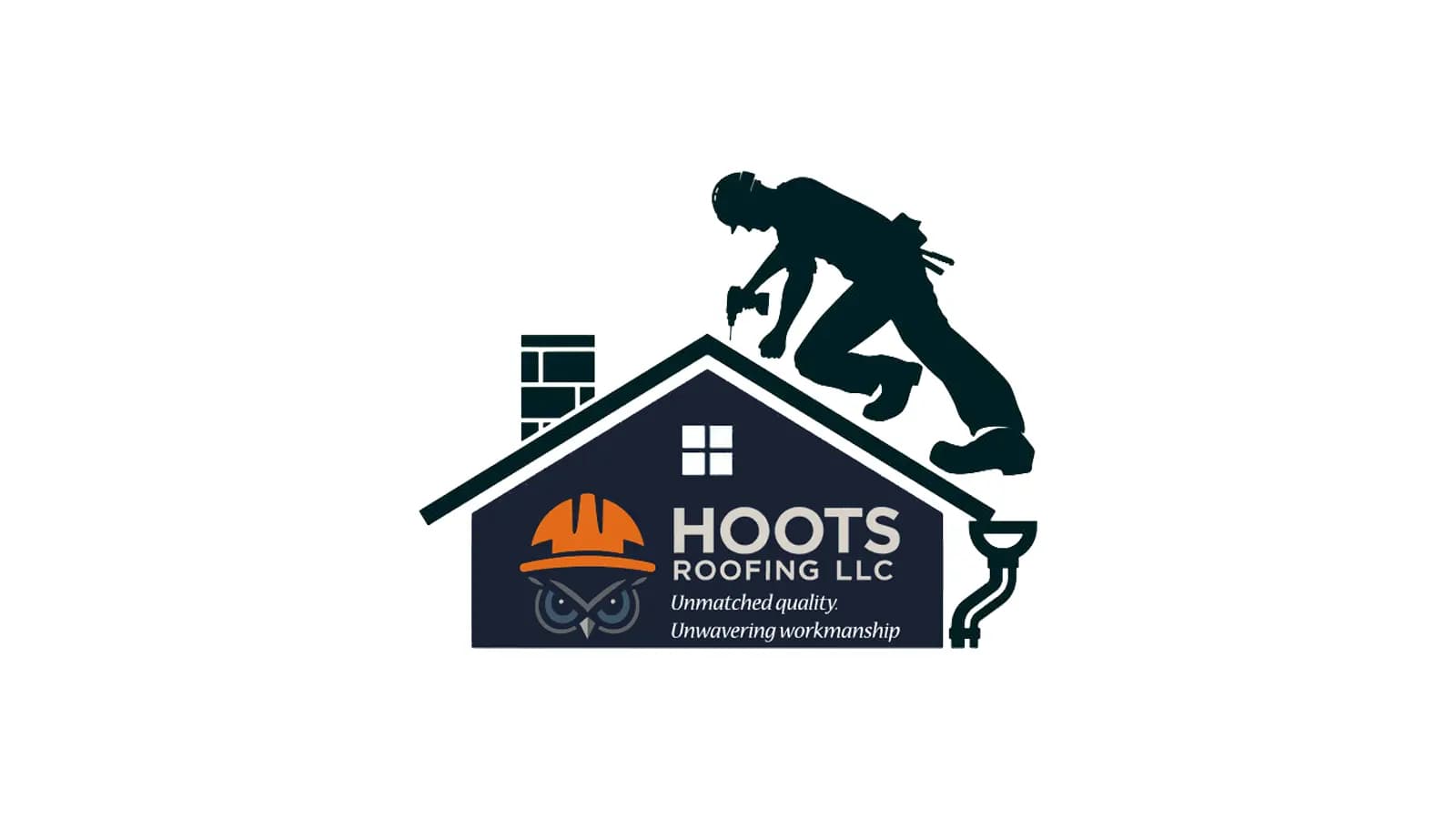Why This Decision Matters
Deciding between repairing or replacing a roof isn’t just about cost — it’s about protecting your home, preserving resale value, and avoiding repeat headaches. The right call balances safety, age, condition, and long-term performance so you’re not paying twice for short-lived fixes.
This guide lays out a clear, practical way to decide with confidence.
Safety & Active Leaks Come First
If you’re seeing active leaks, sagging decking, or daylight in the attic, address safety immediately. Water intrusion accelerates hidden damage (mold, weakened framing, ruined insulation). A professional inspection will determine if a targeted repair can stabilize things — or if the safest path is a full replacement.
Pro Tip: Don’t climb the roof. Photos from the ground + attic checks are enough until a pro arrives.
Age, Warranty, and Overall Condition
Age is a strong indicator — but not the only one.
- Under 10 years: Isolated shingle loss, a loose flashing, or small penetrations usually justify repair. Many systems still have manufacturer coverage.
- 10–20 years: Repairs can extend life if the system is otherwise healthy. If you’re stacking service calls, replacement often becomes more economical.
- 20+ years: Widespread granule loss, brittle shingles, or recurring leaks typically point to replacement as the smarter investment.
Think of it like a high-mileage vehicle: there’s a tipping point where continued repairs cost more than starting fresh.
Budget vs. Lifespan (and Efficiency)
Repairs win on upfront price but may only buy a few years. A replacement resets the clock, boosts curb appeal, and can lower energy costs when paired with proper underlayment, ventilation, and modern materials.
If you plan to own the home for 5–10+ years, a new system often pencils out better than “repair roulette.”
Clear Red Flags for Replacement
Choose replacement when you observe any combination of:
- Multiple leaks appearing in different areas
- Large sections of curling, cracking, or missing shingles
- Soft spots in decking or chronic attic moisture
- Rising repair frequency and cost within 12–24 months
- Insurance concerns about age/condition impacting coverage
When a Repair Is the Right Move
Not every storm or leak means a new roof. Repairs make sense when damage is isolated:
- A single limb impact or a small wind-lifted section
- Localized flashing failure (chimney, skylight, wall)
- Nail pops or a minor penetration caught early
A skilled repair can restore function and add years — especially on younger systems.
Value, Insurance, and Resale
A new roof is visible, marketable, and often improves insurability. Buyers notice it, appraisers account for it, and insurers may offer better terms on newer, code-compliant systems.
Repairs still protect value — the key is timing. Early intervention prevents small issues from becoming claim-sized problems.
Professional Guidance You Can Trust
Every roof is a system: shingles, underlayment, flashing, decking, ventilation. A thorough inspection looks at all of it so you’re not masking symptoms. At Hoots Roofing, we document findings with photos, explain options in plain English, and give you straight numbers so you can choose confidently.
Bottom Line
- Newer roof + isolated issue? Repair.
- End-of-life system or widespread failure? Replacement.
- Always prioritize safety and water intrusion first.
Ready for clarity? Schedule a professional inspection and decide with confidence.

